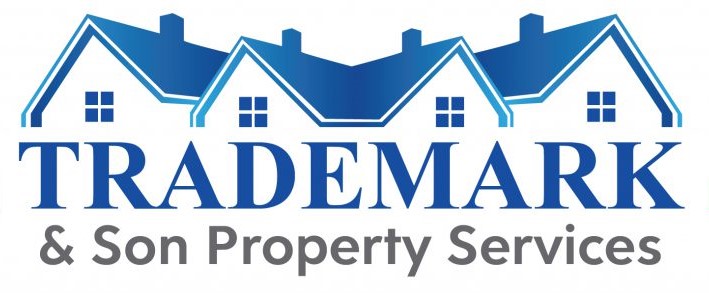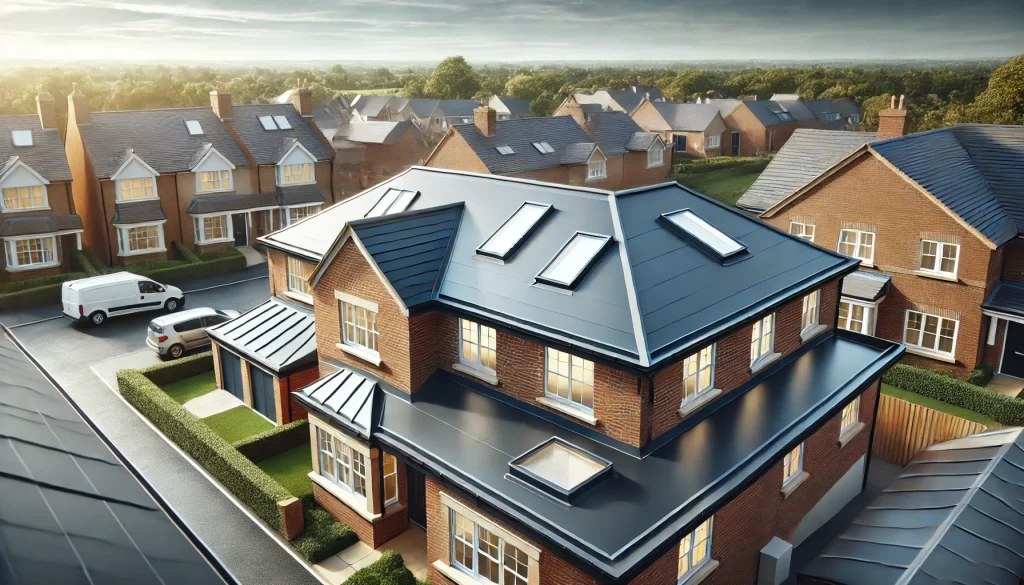Flat roofing has become an increasingly common feature across both residential and commercial properties in the UK. Known for its clean lines and practical design, a flat roof offers a number of advantages—particularly in urban environments where space efficiency and low maintenance are highly valued.
So what exactly is flat roofing, and why should UK homeowners and property developers consider it?
What Is Flat Roofing?
As the name suggests, flat roofing is a type of roof that has a near-level surface—usually with a slight pitch (1–10 degrees) to allow for water runoff. Unlike pitched roofs, flat roofs offer a minimalist look and are often used on extensions, garages, outbuildings, and even full homes, particularly in modern or mid-century design.
Despite misconceptions, flat roofs are not completely flat. They are carefully designed with subtle gradients and drainage systems to prevent water pooling and leaks.
Common Flat Roofing Materials in the UK
There are several flat roofing systems commonly used across the UK:
1. Felt Roofing
This traditional system uses bitumen-based layers applied with heat or cold adhesives. It’s cost-effective, widely available, and ideal for smaller surfaces like sheds or garages.
2. EPDM Rubber Roofing
Made from a durable synthetic rubber, EPDM roofing is extremely resistant to weathering and UV damage. It’s particularly suited for larger surfaces and modern home extensions.
3. GRP (Fibreglass) Roofing
Glass Reinforced Plastic offers a seamless, watertight finish with excellent durability. GRP is a preferred option for homeowners looking for a modern, sleek finish with minimal maintenance.
4. PVC Single Ply Membrane
Lightweight and flexible, this option is often used for commercial projects or large-scale residential roofs. It offers excellent insulation and a long lifespan.
Benefits of Flat Roofing in the UK
-
Space Efficiency: Flat roofs can be used for rooftop gardens, solar panels, or storage areas.
-
Ease of Installation and Maintenance: Generally faster and cheaper to install than pitched roofs.
-
Cost-Effective: Materials and labour tend to be more affordable.
-
Modern Aesthetic: Clean lines and contemporary appeal fit well with new builds and extensions.
Challenges to Consider
-
Drainage: Poorly designed flat roofs can lead to pooling, which may cause long-term damage.
-
Insulation: Flat roofs can lose more heat if not properly insulated, so attention to thermal performance is essential.
-
Weather Resistance: The UK’s wet climate requires flat roofs to be well-sealed and maintained to avoid issues like leaks or moss buildup.
Why Choose a Professional Installer?
While DIY solutions may seem tempting, flat roofing requires expert design and precision installation. Mistakes in sealing, gradient, or drainage can lead to costly repairs.
That’s why working with a trusted contractor is crucial.
How Trademark Property Services Can Help
If you’re considering flat roofing for your home or extension, Trademark Property Services offers expert installation across the UK. With experience in EPDM, GRP, and felt systems, their team ensures your flat roof is not only watertight and energy-efficient but also built to last.
From consultation to completion, Trademark Property Services delivers quality workmanship and honest advice—so your property stays protected whatever the weather.
Contact them today to schedule a quote or consultation for your next roofing project.


